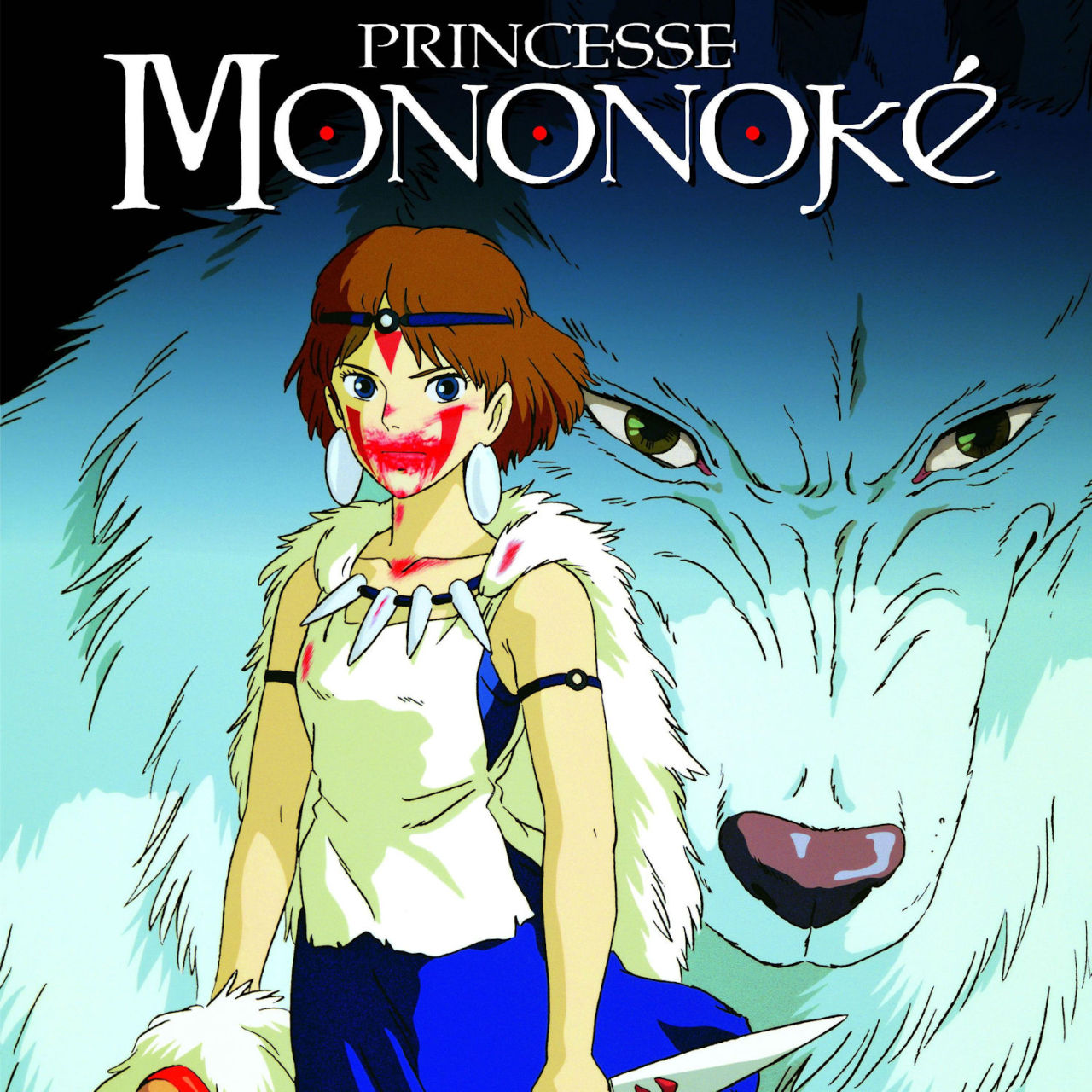

What remains with the audience, however, is not the individuals but the creative milieu they inhabit thus their one-dimensionality matters little. Mostly, they are vivacious, charming viewers with their bubbling madness whilst having only enough substance to matter to the plot. Unusual spooky noises abound to enhance the atmosphere, build tension, and develop the show's sensual appeal.CharactersMononoke's characters will amuse, move, or disgust depending upon their performance. From an entire background cast of mannequins to guitar-playing fish demons, each story provides a fresh way to enjoy horror.SoundWhile the musical score's only highlight is the samba-esque opening theme, the soundtrack as a whole is outstanding in its use of sounds. On the whole, the design brings to mind Dali as much as it does ancient Japanese art, with a bottomless well of creativity to make established horror themes appear bold and new. While the Medicine Seller retains a biseinen design, the secondary characters appear more like caricatures, with many having bulging eyes, fat lips and noses, and distorted forms that look both grotesque and funny. Everything is washed in faint scratches as though drawn on ancient parchment, and the characters look vibrant but distinctly two-dimensional. It's classically designed mysteries come with fresh Japanese eccentricities and plenty of spectacle, making the whole product highly addictive despite its steady pace.AnimationMononoke is not just animation, it's a moving art exhibit. On the other hand, unlike Mushishi, Mononoke engages the senses more than the intellect, providing emotive plots via strong hooks and dazzling climaxes. Mononoke takes a similar humanising approach to its paranormal subject matter, putting the tragedy of its characters first before adding some supernatural razzmatazz. In fact, a more appropriate comparison than Jigoku Shoujo, and one that's fairer to Mononoke's excellence, is the outstanding Mushishi. Mononoke, in being both original and genuinely frightening, thus sticks out from its siblings like a shiny knife from a virgin's breast.

Nonetheless, Jigoku Shoujo is a symptom rather than an accident of the horror genre, which often struggles with slogging narratives and generic monsters that just aren't scary. If this mingle-mangle of vengeance stories is anything to go by, hellish torture just means nerve-racking boredom. My last hunt through the horror genre ended with the stunningly crap Jigoku Shoujo, also one of my fastest dropped anime to date. Ugly in design yet beautiful in execution, and always laced with acute irony, the show could make me scream, laugh, and goggle almost all at once. Part horror story, part surrealist art, Mononoke is another oddity that defines itself by looking spectacularly unlike the norm.


 0 kommentar(er)
0 kommentar(er)
